
In terms of Earth’s history, our species, Homo sapiens, have only been around for about as long as a blink of an eye. It’s believed that the Earth formed over 4.6 billion years ago, and the first humans evolved 200,000 years ago in Africa.
In order for modern humans to flourish, our ancestors had to fight off and hunt animals that were much bigger and stronger than they were. Here are 10 terrifying animals that they may have encountered as they migrated all over the world.
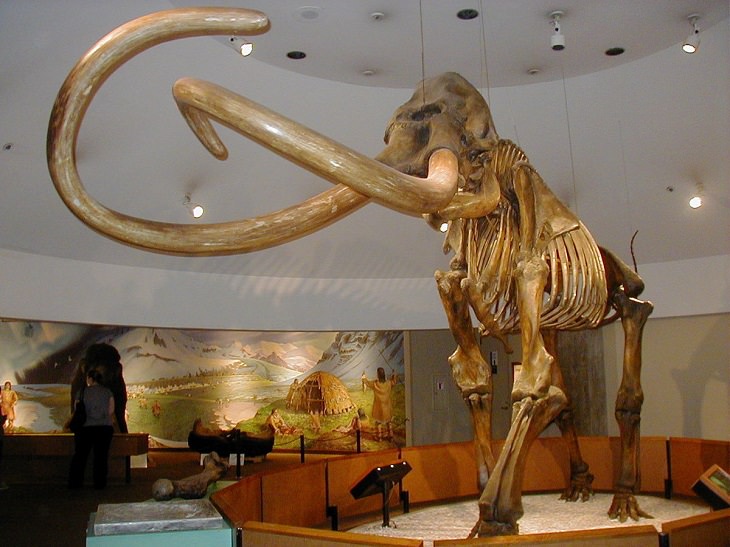
Cousins to the more famous woolly mammoths, Columbian mammoths were one of the biggest mammals to ever walk on Earth. They were found all the way from modern-day Canada to Mexico, while their cousins, who were smaller, were found in Asia, Russia, and Canada. Columbian mammoths had much less hair, so they resembled modern-day elephants, but with much longer tusks.
Columbian mammoths were 12-14 feet tall and weighed anywhere between 5.5 and 11 tons. Their tusks, on average, were 12 feet long, spiraled, and very strong. They would have been used to fight off predators, including humans.

Nowadays, sloths are anything but terrifying, but their ancient ancestors, ground sloths, were quite a bit more intimidating as they were some of the biggest mammals to ever live.
There were several different subspecies of ground sloths, and the ones that could be found in North America were the size of rhinos. However, the biggest ground sloths, the Megatherium, which lived in South America up until around 10,000 years ago, were as large as an elephant. From head to tail, they were 20 feet long and weighed up to 4 tons. Furthermore, since they had sharp teeth and long claws, it’s speculated that they might have been carnivores.
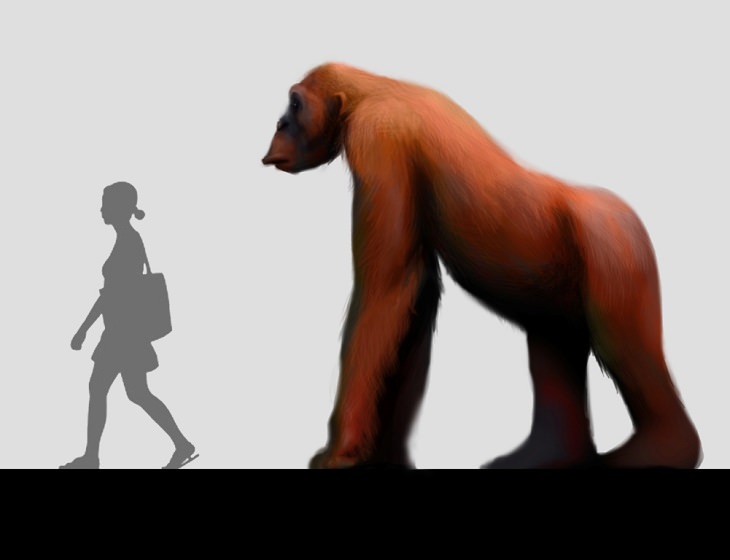
This is the biggest known primate to ever walk the earth. They were around 10 feet tall, and weighed around 1,100 pounds.
One thing you might notice is that they look a lot like the mythical Sasquatch. However, before you start to speculate, bear in mind that the Gigatopithecus died out over 100,000 years ago. Therefore, unless a group of huge apes have actively hidden themselves from humans for thousands of centuries, it seems unlikely that people have seen one and thought it was Bigfoot.
The reason they died out after having lived on Earth for 6-9 million years is because they needed to eat a lot of food to sustain their huge bodies. This wasn’t a problem when they were living in tropical rainforests in Southeast Asia, but all this changed when these forests started to disappear and become dry savannas.
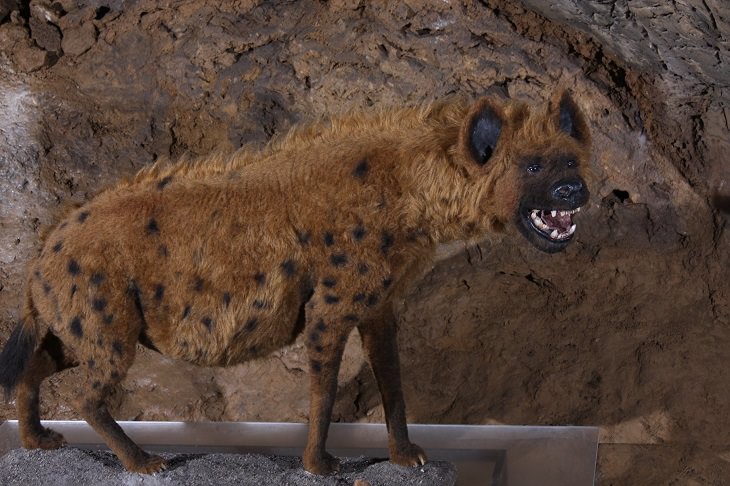
Cave hyenas, also called spotted coyotes, were double the size of their relatives, the laughing coyote. They weighed 285 pounds, were about three feet tall, and five feet long. According to calculations based on fossils, one cave hyena was strong enough to take down a mastodon that weighed a ton.
However, they lived in packs, sometimes 30 strong. This made them much more effective hunters, and together they could take down a mastodon weighing nine tons. Needless to say, a small family of humans would not have wanted to cross paths with these hyenas.
Their population started to decrease about 20,000 years ago, before they became extinct some 11,000 to 13,000 years ago.
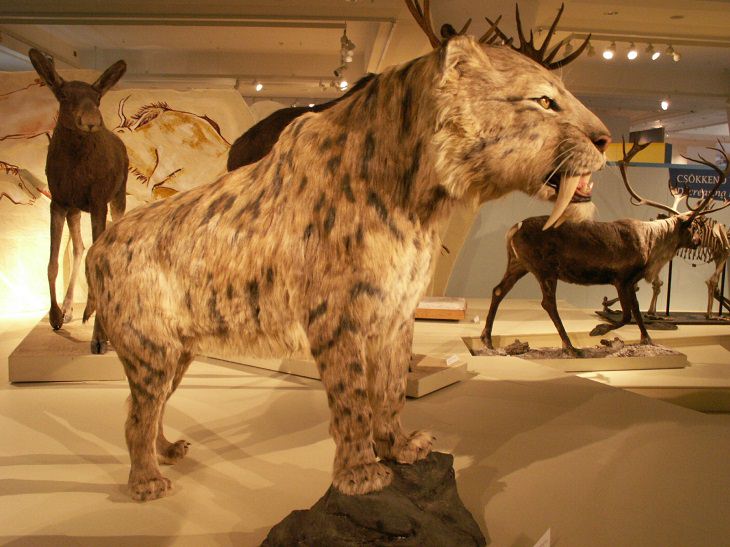
Saber-toothed cats are often given the misleading title of saber-tooth tigers. It’s misleading because while they are part of the Felidae family, they weren’t closely related to tigers.
Saber-toothed cats first appeared 42 million years ago. There were many species of them, and most had died out before humans first appeared. However, it’s believed that humans living in the Americas could have encountered two different species of saber-toothed cats; Smilodon fatalis and Smilodon populator. They ranged in size and could be as large as an African lion, which is the biggest wild lion living today. They could also weigh as much as the biggest subspecies of tiger, the Siberian tiger.
With their size, came great strength. These beasts could take down much bigger prey, like mammoths. Often, they would wait for prey to come close before launching a surprise attack. The smilodon had fairly weak teeth, but researchers think that they developed the strongest forearms of all cats to compensate for this. It’s believed that they used this strength to hold down prey before stabbing it through the neck with their fangs.
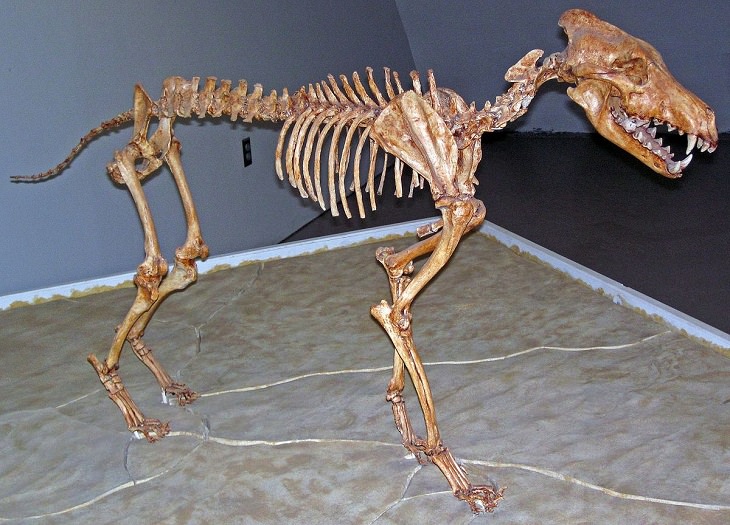
These wolves, which first appeared about a quarter of a million years ago, were similar to modern-day wolves but sturdier. The gray wolf, which is the largest living wolf, is about 4 to 6.6 feet long and weights 40-170 pounds, while dire wolves were about 5 feet long and weighed up to 200 pounds.
Dire wolves, which could be found all over North and South America, had a bite force that was 29% stronger than gray wolves. Their diet was made up mostly of horse meat. They became extinct, like a lot of other carnivores, at the end of the last ice age about 11,000 years ago.

The American lion’s name is misleading as it’s more closely related to panthers than lions. One thing that is correct is that they lived in modern-day America.
When our ancient ancestors encountered an American lion the first thing they’d have noticed was that it was huge. In fact, it’s the biggest known wild cat in history. On average, they weighed 772 pounds, which is 25% larger than an African lion. They were also incredibly strong. They were strong enough to bring down bison, meaning that a group of humans would have been in trouble if they encountered one of these lions. They died out around 11,000 years ago at the end of the last ice age.
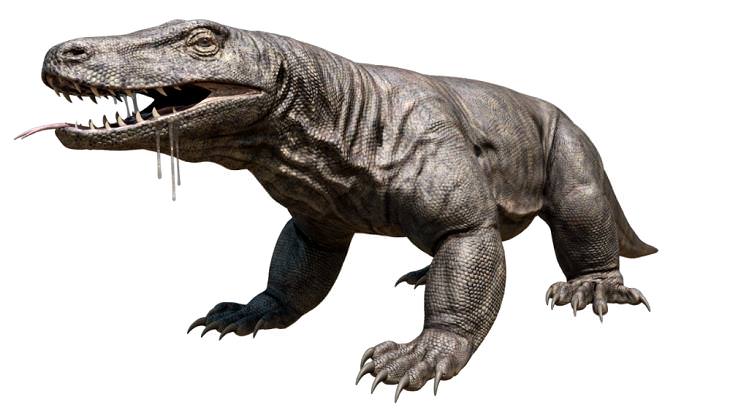
Megalania was a monitor lizard, in the same lizard family as the Komodo dragon, and it lived in Australia until about 50,000 years ago. The size of this lizard is a highly debated topic. Originally, it was believed to be 23 feet long, while other estimates put its size at around 11 feet long.
Whatever their true size was, they were still bigger than Komodo dragons, and like Komodo dragons, they also had poisonous glands. They would simply bite their prey and if it didn’t die from blood loss, it would end up suffering a slow death.
Nowadays, Komodo dragons are considered to be a dangerous animal. They’re fast, strong, and poisonous. They are also on average around 6.6 feet long. The Megalania could have been four times its size – not something our ancestors would have liked to bump into.
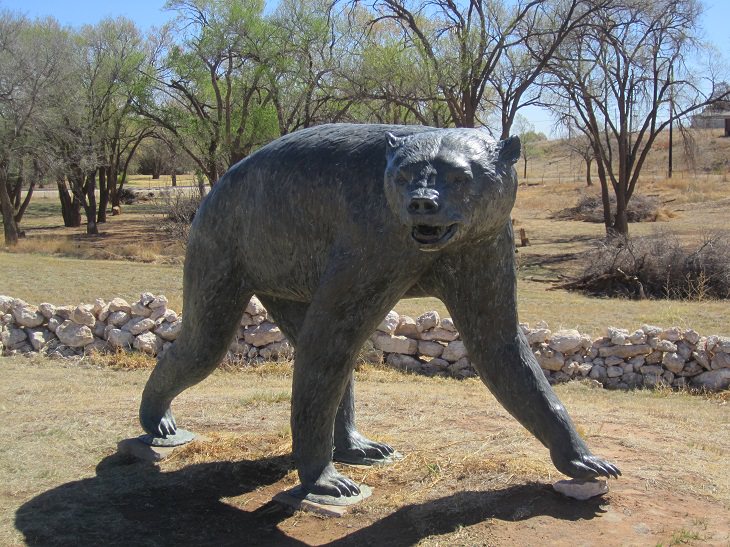
Bears appeared around 40 million years ago, and several subspecies have evolved over the years. One that our ancestors would have encountered is the short-faced bear.
These bears were five feet tall on all fours, but when they stood up, they were around 12 feet tall. If this isn’t scary enough, the short-faced bear also had long limbs, giving it the ability to reach speeds of up to 40 miles per hour.
These were one of the biggest carnivores in North America. They first appeared around 800,000 years ago and they became extinct about 11,600 years ago.
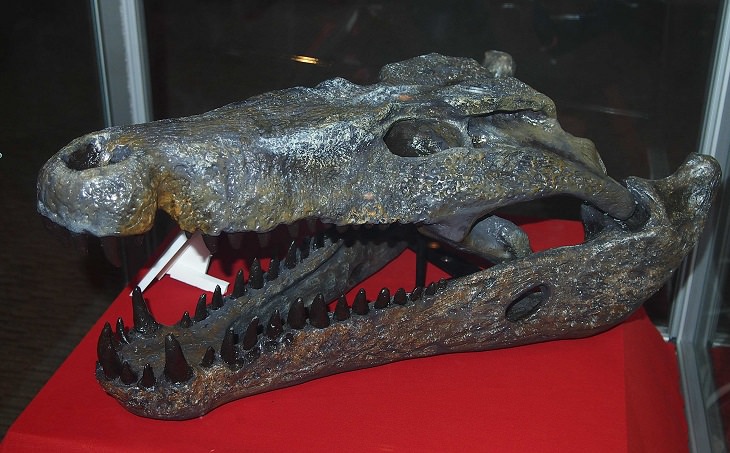
According to fossils, this beast evolved about 1.6 million years ago and they lived in modern-day Australia. They were huge members of the crocodile family and could grow up to 23 feet long. For some perspective, the longest crocodile in captivity was Lolong and he was just 20 feet long.
A major difference between the Quinkana and other crocodiles is that they were land dwellers. Since they lived on land, they developed some major physical traits. The first was that they had long, powerful legs. They would hunt by chasing their prey for long distances. The second difference is that crocodiles use their teeth to drag their prey into the water to drown it, but a Quinkana’s teeth were much sharper and were used for cutting.
They died out around 50,000 years ago, about 10,000 years after humans first arrived in Australia.
Source: toptenz
Related Articles:
These Animals Cause the Most Human Deaths Every Year
7 Dinosaurs That Would Have Been Considered Adorable Today